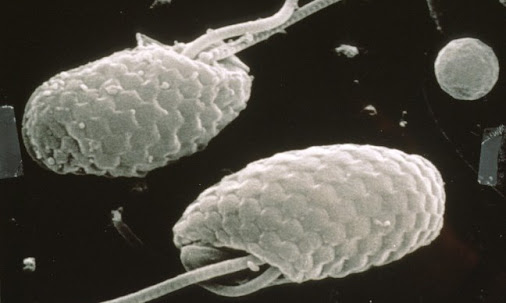Using miniaturized laser technology, a tiny sensor has been built at the Vienna University of Technology which can test the chemical composition of liquids. They are invisible, but perfectly suited for analysing liquids and gases; infrared laser beams are absorbed differently by different molecules. This effect can for instance be used to measure the oxygen concentration in blood. At the Vienna University of Technology, this technique has now been miniaturized and implemented in the prototype for a new kind of sensor. Just a drop is enough to test the chemical composition. Specially designed quantum cascade lasers and light detectors are created by the same production process. The gap between laser and detector is only 50 micrometres. It is bridged by a plasmonic waveguide made of gold and silicon nitride. This new approach allows for the simple and cheap production of tiny sensors for many different applications. Laser and Detector Simple solid-state lasers, such as the well-known red ruby laser, consist of only one material. Quantum cascade lasers, on the other hand, are made of a perfectly optimized layer system of different materials. That way, the properties such as the wavelength of the laser can be tuned. When a voltage is
The post Chemical sensor on a chip has been published on Technology Org.
#materials
See Zazzle gifts tagged with 'science'
